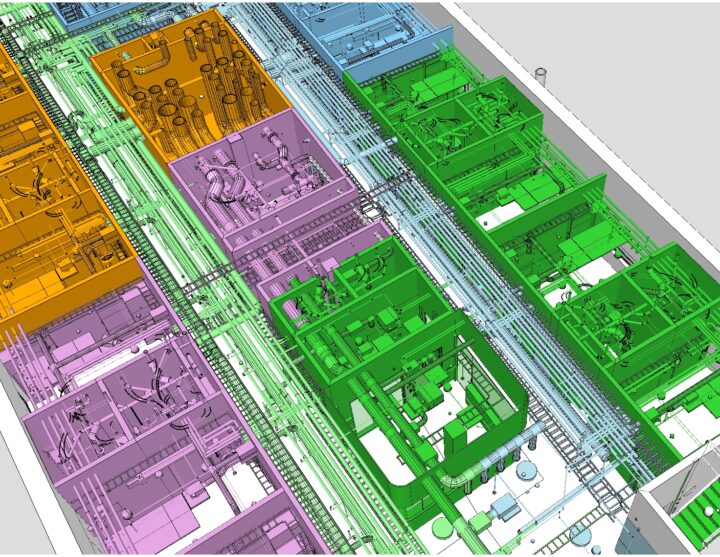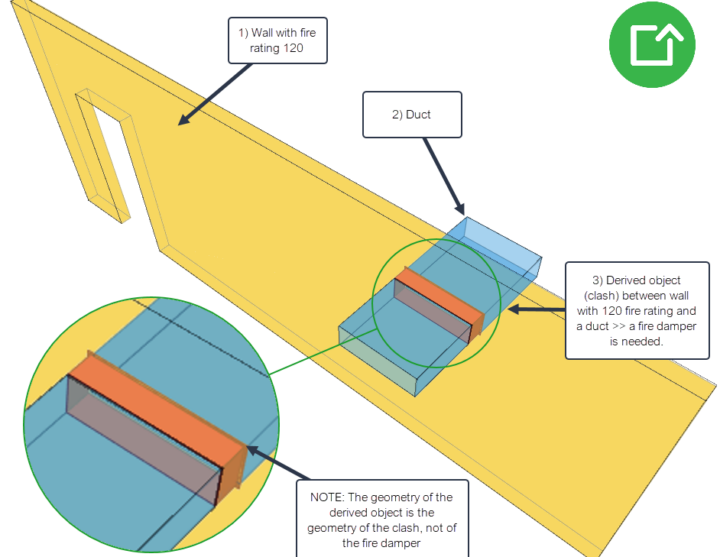Best possible IFC – Part3
01.04.2014
How can we create a best possible IFC? Even though you agree with our reasoning so far (what and why), you may be skeptical if you have ever tried IFC exchange in a real project. Current BIM authoring applications are not exactly designed for producing best possible IFC and applications consuming IFC can have quite picky IFC import implementations. There is a fairly bad disconnect. The solution we propose is to think of creating a best possible IFC in terms of publishing and copy-editing, which unlike general editing, is not about changing the substance of the information, but improving its formatting and accuracy. This involves the following steps.
- Trim. Because a best possible IFC contains only relevant information all unnecessary objects and properties should be removed.
- Enrich. It may be necessary to add or link information from other sources to the IFC model.
- Validate. Because a best possible IFC contains only reliable information, the information needs to be validated against naming conventions and other agreements.
- Edit. The validation results tell you what still needs to be edited in terms of information and data structures.
- Preview. This is the equivalent of proof-reading and it is really no different from publishing drawings and other document. You need to see the end result through the eyes of the receiver before you can be confident your deliverable has the required quality.
Naturally you cannot expect this whole process to be automatically, almost magically taken care of by a single click of an IFC export button in a BIM authoring application, or even by carefully configuring the available IFC export options. This is also not solved by model servers that are great for managing content, but do not address the issue of the professional relevance and reliability of the content.
The notion of publishing and copy-editing IFC models requires a new kind of application especially designed for this purpose. Without this kind of application it is really difficult to set clear requirements, validate and deliver best possible IFC models that really work in their intended use.
How this relates to the Simplebim® application
Simplebim® is an application specially designed for IFC publishing and copy-editing. With Simplebim® you have full control over the information and can publish valuable, best possible IFC that not only solves the technical problems, but also enables business models that finally unlock the full potential of IFC.


